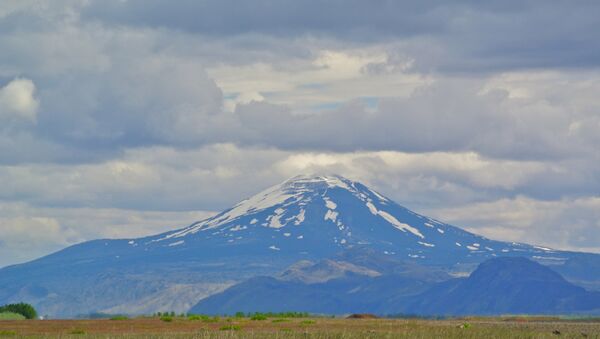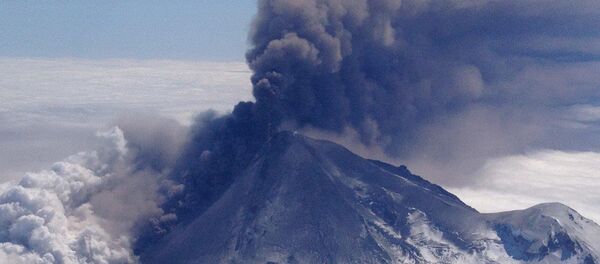Over the last few months, the Katla volcano, located under the Mýrdalsjökull glacier, has been particularly active following a string of large earthquakes in the area. Iceland Magazine reports that the latest was a 4.3 magnitude last Thursday.
“Katla is more active during some years, and some years she is less active. This past year, since last fall, has been one of the more active years, even if it has yet to set any records,” geophysicist Páll Einarsson told local newspaper Fréttablaðið.
The last eruption of Katla was in 1918, although historically it has erupted every 60-80 years. This means that internal pressure is thought to be high, and the volcano is long overdue for an eruption. The increased activity of the volcano has led to the Department of Civil Protection and Emergency Management to call for scientists and other observers to keep an even-closer eye on the volcano.
The two volcanoes under the Vatnajökull glacier have also been hit with large earthquakes recently, leading to their magma chambers also rapidly filling.
“Of the three volcanoes, eruptions in Bárðarbunga and Katla are most likely to pose significant risks to people,” Iceland Magazine reports. “An eruption in Katla would create glacial outburst floods which threaten areas where large numbers of people can be expected to be located at any time, including the village of Vík in south Iceland, but also on the black sand beaches of Sólheimasandur where the wreck of a DC-3 airplane draws large numbers of visitors every day.”
Beyond the dangers from the magma itself, eruptions can also create ash plumes that pose significant threats to air travel.
Major volcanic eruptions can be cataclysmic events which, in the most extreme cases, affect global weather patterns. The eruption of an estimated 14-trillion liters of lava from Lakagígar in 1783 killed some 10,000 people in Iceland (a quarter of the island’s population), caused a sulphurous haze in Europe, a famine in northern Africa, and an extremely long and cold winter in North America.




